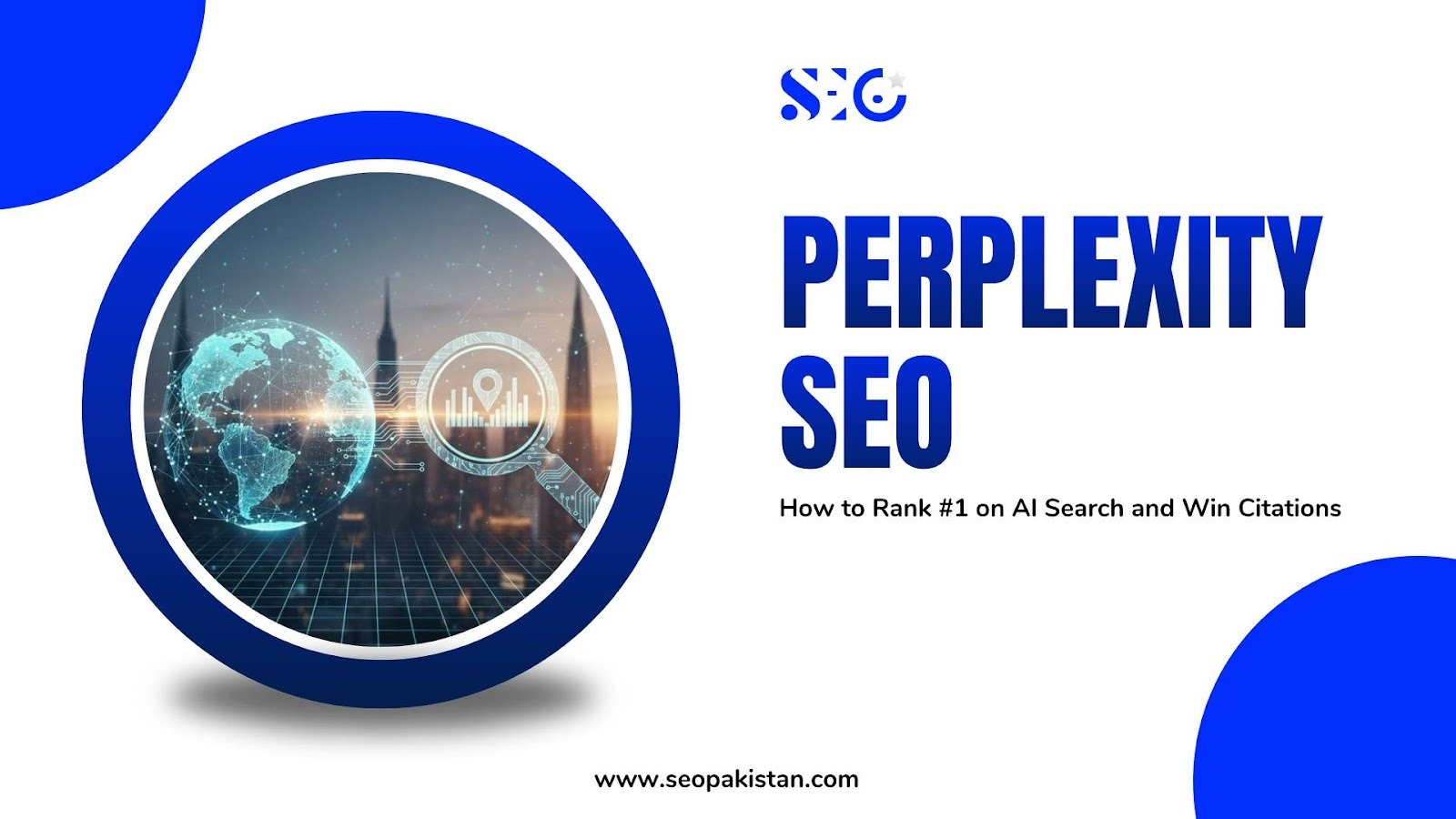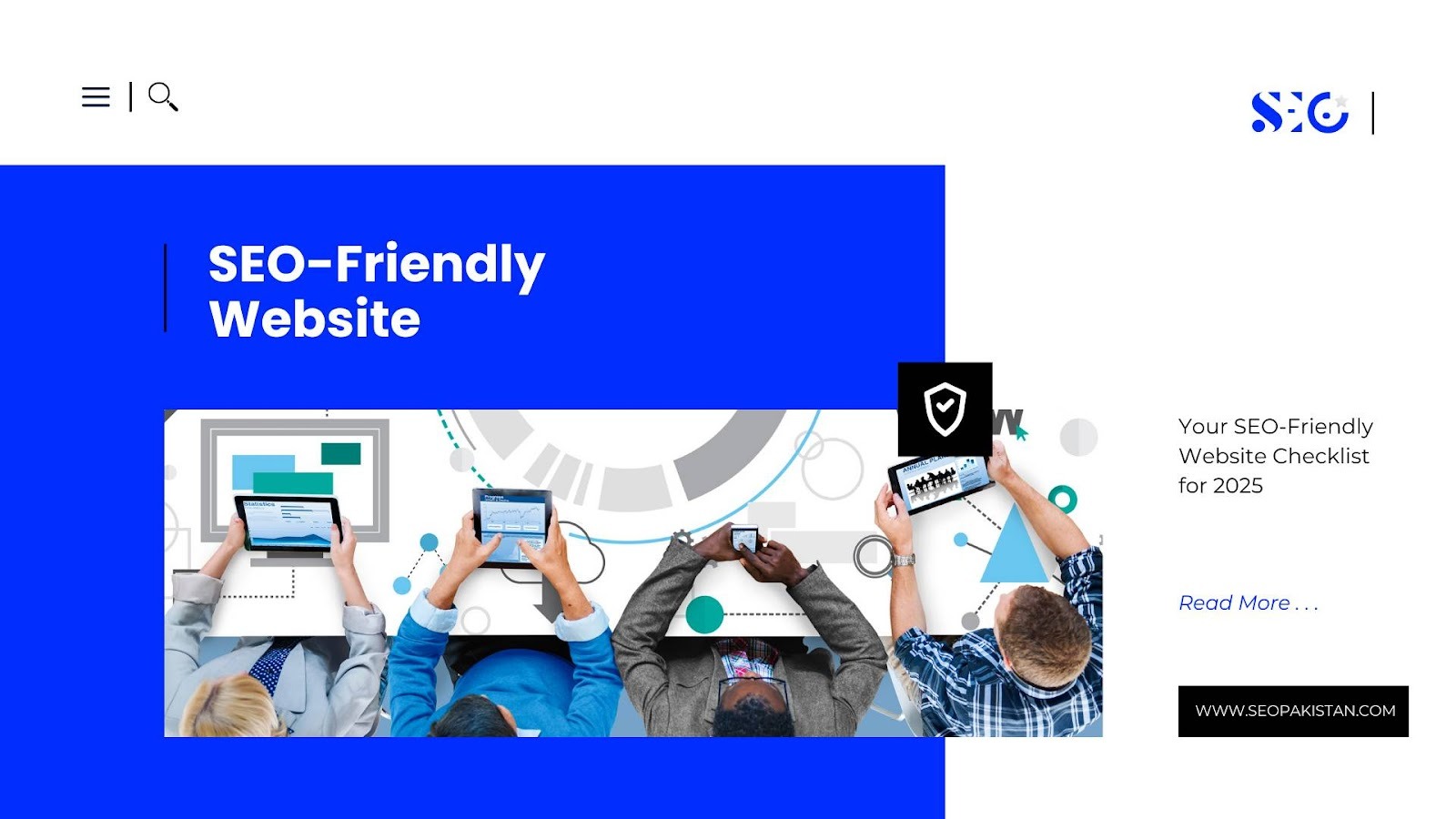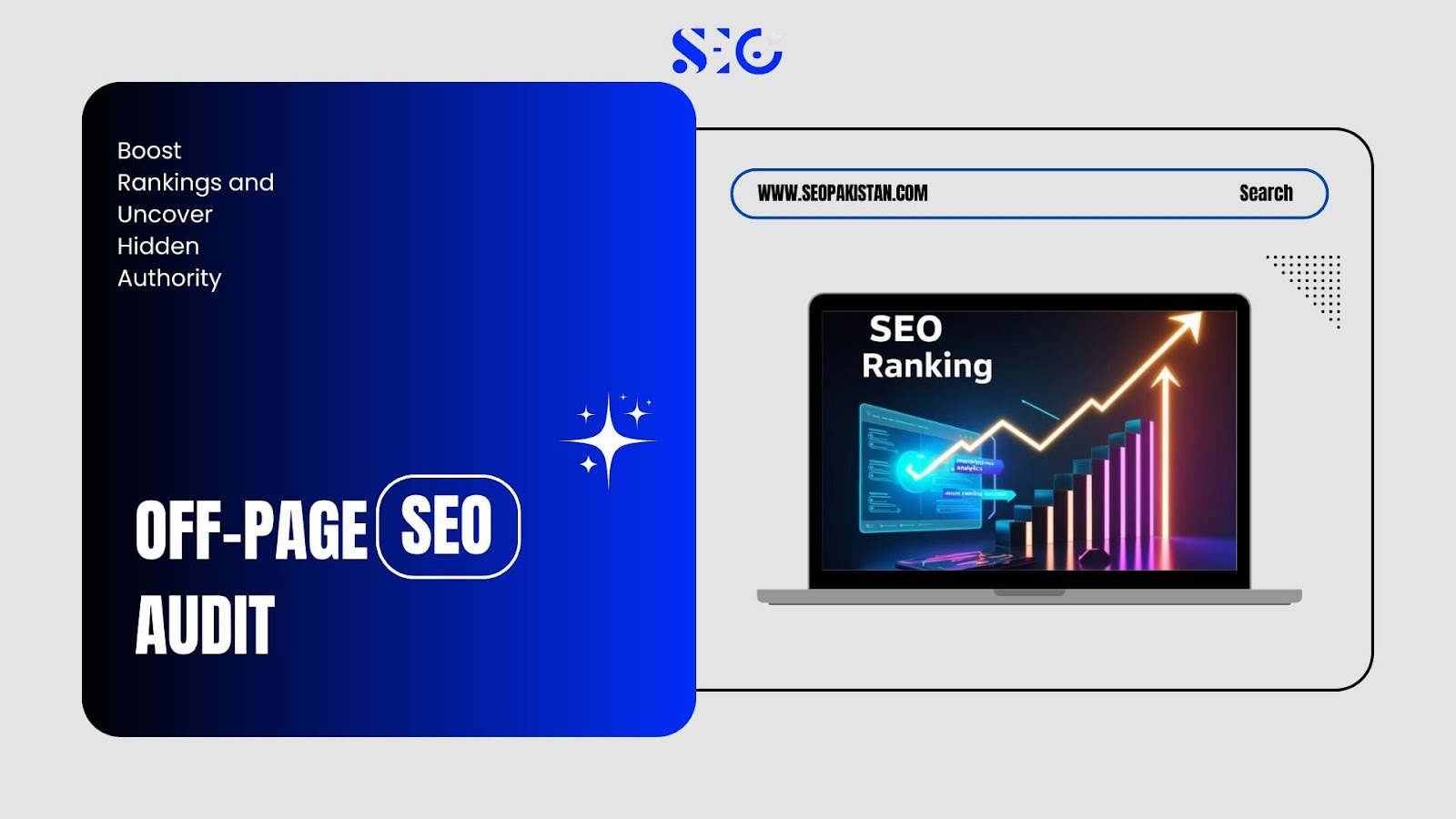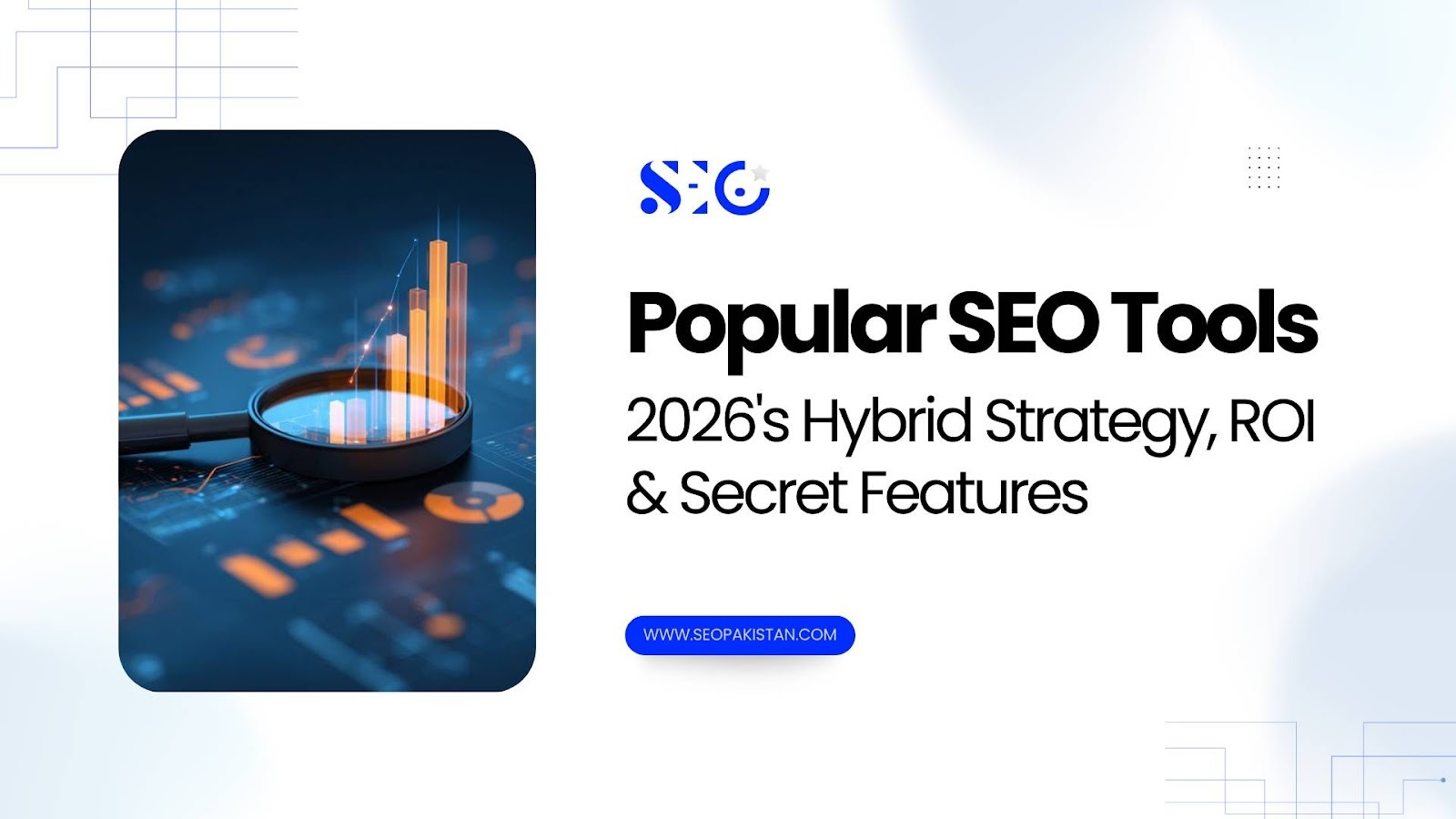Imagine a world where search engines no longer serve up endless lists of links but instead deliver precise, synthesized answers to your most pressing questions. Welcome to the era of Perplexity SEO, where the rules of ranking have been rewritten.
In this new landscape, it’s not about stuffing keywords or chasing backlinks; it’s about transforming your content into a trusted knowledge source that AI relies on to inform its answers. If you’re ready to future-proof your strategy, drive high-intent traffic, and dominate the next wave of search, keep reading. The secrets to mastering this game-changing shift are just ahead.
The New Answer Engine Reality: Why You Need P-SEO Now
The age of the traditional search engine is fading. In its place rises the answer engine. Perplexity AI isn’t just another website catalog; it synthesizes information from trusted sources, authoritative domains, review sites, and published content, delivering a single, cited response powered by machine learning and natural language queries.
Ranking on Perplexity means your content becomes a foundational part of how generative engine optimization works. By optimizing content structure and providing up-to-date information, you transform passive web pages into authoritative knowledge assets that Perplexity relies on to craft its answers. This shift brings qualified referral traffic to your site, directly from users deep in the search process, seeking trustworthy user-generated content.
Attempting to apply traditional SEO methods like web scraping or relying only on search rankings from other search engines no longer provides a full picture. Instead, consider these tailored strategies for AI SEO:
- Manual Citation Audits: Regularly review Perplexity responses to your top target queries and log which authoritative sites and pages are cited. Patterns in citation, such as use of structured data, listicles, or topical authority, offer key insights.
- GA4 Referral Analysis: Strictly measure traffic originating from perplexity.ai to identify current content that succeeds in Perplexity rankings.
- Mining “Related Questions”: The “Related” section for every Perplexity response suggests content gaps and opportunities for follow-up questions, perfect for developing long tail queries and fresh written content that AI-powered search engines crave.
The P-SEO Challenge: Importance, Requirements, and Disadvantages
Transitioning your content strategy for AI-powered search platforms provides immense value but comes with unique challenges. Understanding these is vital for any brand seeking sustainable success.
Why Ranking on Perplexity is Important
Optimizing for Perplexity is about much more than a new channel. It’s designed to highlight expertise, build topical authority, and leverage the power of trusted sources.
- Trust and Authority: Citations from Perplexity AI instantly serve as trust signals, positioning your site as a reputable, authoritative source for artificial intelligence-driven answers. Being cited is a high-value endorsement with direct user engagement benefits.
- Qualified Traffic: Unlike traditional search, users search on Perplexity looking for actionable insights and up-to-date information. Clicks here reflect high intent and a readiness to convert, directly impacting your brand’s visibility.
- Future-Proofing: As more AI-powered search engines and platforms like Google’s search results and other search engines integrate generative engine optimization and retrieval augmented generation, optimizing your content prepares you for a changing landscape.
Foundational Requirements for Perplexity SEO
Moving beyond traditional SEO to lead in Perplexity means a shift in focus, structuring your comprehensive content strategy to prioritize AI-friendly formats and natural language processing.
| Requirement | Traditional SEO Focus (Keywords) | Perplexity SEO Focus (Knowledge) |
| Goal | Achieve position #1 on a static list | Achieve Citation #1 in an AI-powered search engine |
| Structure | Scannability for human eyes | Machine-Readability, Retrieval Augmented Generation |
| Authority | Backlinks (Domain Rating) | Primary Source Citing, Authoritative Sources |
| Success Metric | Rank Position, web pages, search rankings | Citation Rate, Referral Quality, Perplexity rankings |
5 Major Disadvantages of Focusing Only on P-SEO
While valuable, relying solely on Perplexity SEO has its trade-offs within your content optimization and SEO strategy:
- Lower Volume, Higher Intent: Although the website traffic from AI search engines like Perplexity is smaller than traditional search, audiences provide users with higher engagement and conversion rates due to their strong user intent.
- High Barrier to Entry: Perplexity disproportionately cites authoritative domains and trusted sources, making it harder for new web pages or brands to appear in Perplexity pages.
- Tracking Difficulty: Traditional SEO tracking tools are insufficient for following Perplexity’s citation patterns. Success depends on monitoring content freshness, meta descriptions, and manual citation logging.
- Model Volatility: Perplexity’s retrieval augmented generation relies on large language model updates, causing shifts in citation patterns and content gaps for creators to monitor.
- Traffic Control Loss: Unlike traditional engines, Perplexity’s generative approach provides users with the answer up front. You’re optimizing for the follow-up questions and verification clicks, not just initial visibility.
The Secret Playbook: 7 Tactics to Dominate Perplexity Citations
To stay ahead and achieve optimal visibility, structure content specifically for AI-powered search retrieval, synthesis, and user engagement. Employ these strategic, high-quality content techniques:
The Micro-Definition <dd> Tag Play
Use clear HTML Definition Lists (<dl>, <dt>, <dd>) for every critical term, concept, or answer. Perplexity’s large language model and natural language understanding efficiently extract concise definitions from these, supporting accurate, machine-readable structured data.
Outbound Link Velocity as Authority
Cite authoritative sources and trusted websites, refreshing all outbound links regularly. Perplexity and other AI search engines give preference to published content with recent, fresh content, boosting your performance in the search experience.
The “Pre-Answered Related” Cluster

Audit Perplexity’s follow-up questions and related sections for a given query. Write pillar pages that address the most common related long tail queries in dedicated, clear headings, so your content becomes the go-to synthesis point for generative engine optimization.
The Single-Query Page (Hyper-Focus)
Rather than only broad pillar pages, create in-depth, written content for single, complex user intent queries (e.g., “What is the fundamental difference between RAG and Fine-Tuning in artificial intelligence?”). Thin, targeted content outperforms bloated web pages in the current search environment.
Date Stamping in the <h1>
Lead with the year or month in your H1 clear headings (e.g., “The Complete Guide to Perplexity SEO in 2025”) to help Perplexity deliver content freshness and up-to-date information for natural language queries and user-generated content.
Data Synthesis Tables
Whenever comparing AI tools, website features, statistics, or review sites, present information in structured data tables. Perplexity’s answer engine prefers this format, boosting your meta descriptions and Perplexity rankings by making key insights quickly extractable.
The “No-Chaff” Rule
Streamline your writing: get to the point in every section. Eliminate unnecessary filler so your published content demonstrates authority, highlights expertise, and aligns with the value Perplexity seeks in content optimization.
The Implementation Plan: Building Your R.A.G. Foundation
Building a Retrieval Augmented Generation (RAG) content foundation is key for anyone aiming to optimize for AI SEO and sustain topical authority as artificial intelligence search grows.

Semantic Structuring for RAG Readiness
Use FAQPage and HowTo Schema to structure content for clear machine interpretation. Employ numbered steps, bulleted lists, and concise answers for process- or data-based queries. Structure content for both users and the answer engine.
Audit Your Authority Signals
Review all written content for accuracy, using authoritative sources, academic research, and government publications. Add, update, and improve trust signals and outbound links, ensuring your published content becomes one of Perplexity’s preferred, authoritative domains.
Continuous Tracking and Adaptation
Implement weekly audits for Perplexity’s citation patterns to identify which web pages and content strategy areas earn citations. Refresh stale information, identify key search platforms, fill content gaps, and adapt to major updates in AI-powered search engines.
Conclusion: Content Designed for Intelligence
Perplexity SEO signals a return to building knowledge assets that artificial intelligence, users, and AI-powered search engines trust. By investing in high-quality content, optimizing for natural language, providing up-to-date and structured data, and consistently analyzing your published content for gaps and opportunities, you ensure that your website stays competitive in this evolving, AI-driven search landscape.
Ready to elevate your SEO game and secure your place at the top of answer engines? Take action today, implement these strategies, or connect with an expert in SEO Pakistan to supercharge your results and drive real growth.
Prioritize a comprehensive content strategy, clear headings, and authoritative sources to stay ahead. Which of these tailored strategies will you implement first to build your brand’s topical authority and unlock the benefits of the new retrieval augmented generation era?
Frequently Asked Questions
What is Perplexity in SEO?
Perplexity in SEO refers to optimizing content for AI-powered answer engines like Perplexity AI. It focuses on creating structured, authoritative knowledge assets that AI can cite in its synthesized answers.
How to use Perplexity AI for SEO?
Use Perplexity AI to identify content gaps, analyze citation patterns, and track referral traffic. Create machine-readable, authoritative content to improve your chances of being cited.
Which is the best AI for SEO?
The best AI for SEO depends on your needs. Tools like Perplexity AI, ChatGPT, and Jasper AI excel in content creation, while others like SEMrush and Ahrefs specialize in SEO analysis.
What are the 4 types of SEO?
The four types of SEO are On-Page SEO, Off-Page SEO, Technical SEO, and Local SEO. Each focuses on different aspects of improving search visibility and rankings.
Is Google better than Perplexity?
Google excels in traditional search with vast indexing and ranking capabilities, while Perplexity focuses on delivering precise, AI-synthesized answers. Each serves different user intents effectively.













